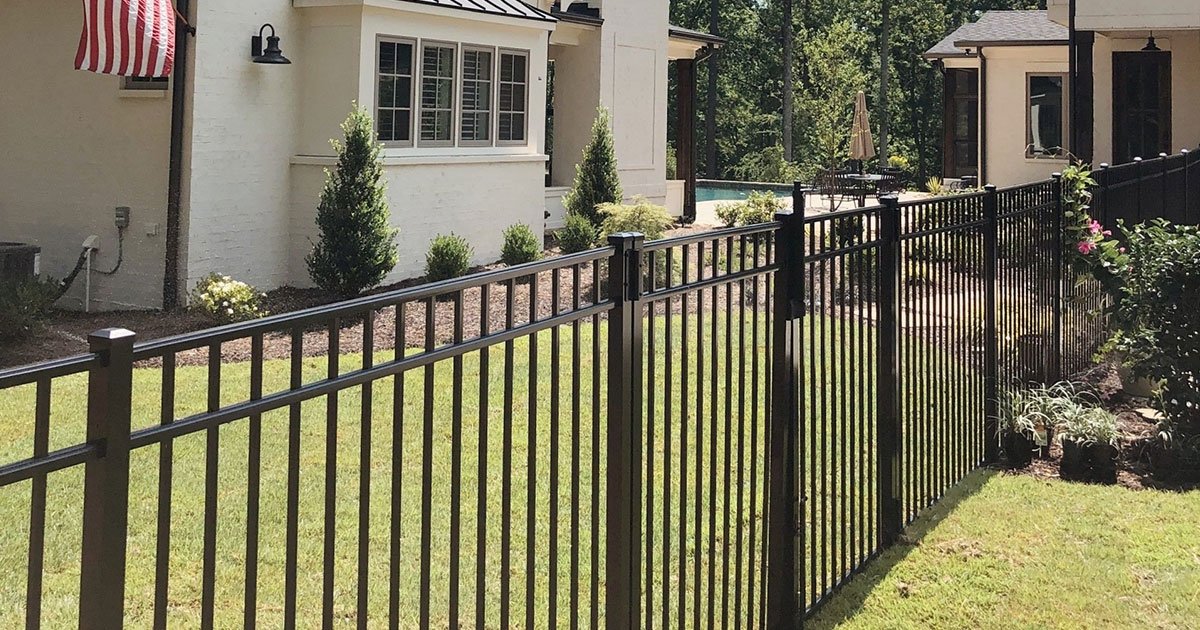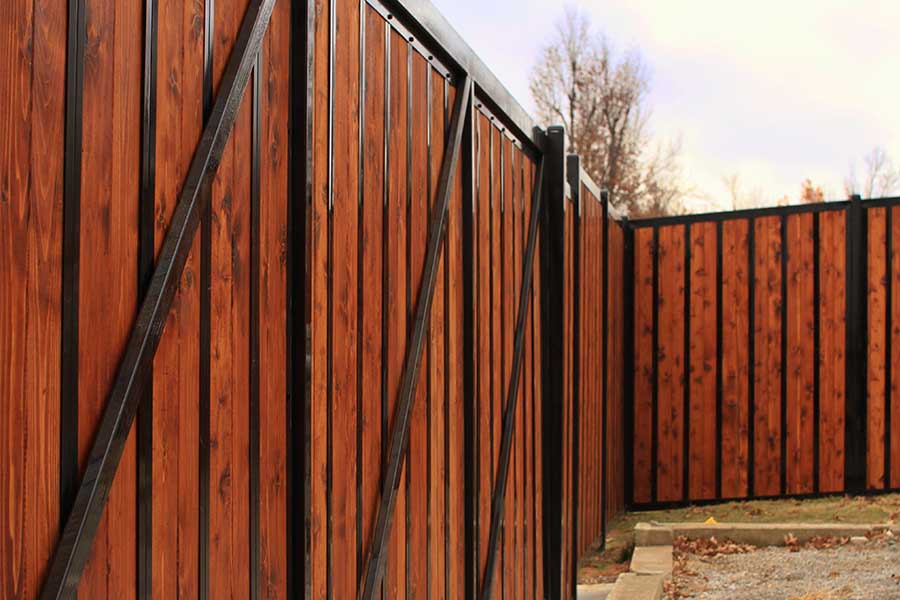All Categories
Featured

Fences are a vital part of any kind of domestic or business residential or commercial property, providing aesthetic, privacy, and safety appeal. Nonetheless, like all outdoor structures, they call for normal maintenance to maintain their honesty and look. Whether your fencing is constructed from timber, plastic, chain link, or steel, complying with a couple of straightforward upkeep practices can make sure that it remains in excellent problem for years to find. Here are some important tips to keep your fence looking great and executing well.
- Execute Regular Examinations. Consistently inspecting your fence is important to determining issues prior to they end up being significant issues. Every few months, stroll around your residential property and check the fence for noticeable damage. Search For:
Absent or loosened boards or panels: Whether it's steel, wood, or plastic, look for any type of loose areas that may require to be reattached or replaced. Corrosion or rust: Metal fencings, including chain link or functioned iron, can develop corrosion in time. Early detection permits you to tidy and deal with the impacted areas before they spread. Indications of rot: Wooden fences are specifically prone to rot, particularly at the base of blog posts and slabs that touch with the ground. Try to find soft places, discoloration, or mold, which may suggest moisture damages. Security of blog posts: Over time, fencing messages may end up being unsteady or loose. This can lead to leaning areas and even collapse, so make sure that messages are securely anchored in the ground. 2. Clean the Fencing Consistently. Cleansing your fencing is one of the most basic and most efficient methods to protect its problem. Dust, mold, and particles can gather, causing staining and use with time. Right here's how to clean different sorts of fencings:

Wood Fencings: Use a pressure washing machine or a scrub brush to eliminate dirt and mold. Be mindful not to use excessive stress with a power washer as it can damage the timber. If necessary, use a timber cleaner or a mild detergent to eliminate stains. Plastic Fences: Plastic fences are reasonably low maintenance and can be cleaned up with soapy water and a soft towel. Prevent abrasive materials or severe chemicals, as they can scrape the surface area. Steel Fencings: Aluminum or steel fencings can be cleansed with a soft sponge and soapy water. For rust areas, make use of a cord brush or corrosion cleaner before applying touch-up paint to stop the rust from dispersing. Chain Link Fences: Merely hose pipe down chain web link fencings to remove dust and particles. If plant life has actually grown over the fencing, cut it back to stay clear of unnecessary pressure on the structure. 3. Deal With Wooden Fences for Protection. Wood fences call for added care because of their susceptability to climate condition. Wetness from snow, rain, and moisture can cause timber to rot, warp, or swell. To secure your wood fencing, think about the following:
Seal or Tarnish the Timber: Applying a safety sealer or stain will help maintain the wood and secure it from the aspects. This will likewise give the wood a fresh, polished appearance. Make sure to reapply the sealer every a couple of years to preserve its safety obstacle. Evaluate for Termites: Wood fences can be susceptible to termite damage, particularly in moist areas. Maintain an eye out for signs of problem, such as small holes, timber dirt, or the visibility of the insects themselves. Get in touch with an expert pest control service to fix the concern if you find termites. 4. Trim Greenery Around the Fence. Shrubs and plants expanding as well near your fence can trigger long-lasting damages if left uncontrolled. Overgrown roots can push against fence blog posts, causing them to loosen, and creeping plants can put in stress on wood or steel panels, potentially bending or damaging them. In addition, plants growing too close to the fencing can hold dampness versus the surface area, which can lead to rot or rust.

Make it a practice to trim back any type of plants, vines, or shrubs that might be expanding near your fencing. This will not just keep the fencing in better condition but also boost the general aesthetic appeals of your lawn.
- Address Rust and Deterioration Quickly. For metal fencings, rust and rust can be a considerable problem if not attended to rapidly. To avoid corrosion from spreading out:
Tidy and Sand Affected Locations: For minor corrosion spots, make use of a cord brush or sandpaper to get rid of the rust. After cleaning, use a rust-resistant guide and paint to shield the metal from further corrosion. Use Rust-Resistant Coatings: Think about using a rust-resistant layer to your metal fencing to extend its life-span. This can help prevent brand-new rust areas from creating and maintain your fencing looking good. 6. Safeguard and Maintain Fencing Articles. The security of your fencing depends mostly on the messages. If the articles are loosened or damaged, the entire framework can become jeopardized. Ensure to evaluate the messages regularly to look for indications of wear, leaning, or instability.
For Wood Messages: Wood fencing articles can rot at the base. If you discover indications of rot or decay, it might be needed to replace the blog post. For Steel or Vinyl Posts: Make certain that steel or plastic messages are securely secured and not curved or damaged. If needed, tighten up loose screws or adjust the placement of the posts to maintain the fence standing tall. Conclusion. Keeping your fencing does not need to be a complicated job. With normal cleansing, assessments, and some fundamental care, your fencing can stay a functional and appealing feature on your building for several years. Whether you have a wooden, metal, chain, or vinyl link fence, adhering to these pointers will assist you get one of the most out of your investment while guaranteeing your fence remains in excellent problem, offering the personal privacy and security you need.
Latest Posts
Boost Any Kind Of Room with Elegant, High-Quality Location Rugs
Published Apr 20, 25
1 min read
Uncover the Montclare Advantage - Top-Quality Auto Care
Published Apr 20, 25
2 min read
Montclare Auto Repair: The Trusted Choice for Brake & Engine Repairs
Published Apr 20, 25
2 min read
More
Latest Posts
Boost Any Kind Of Room with Elegant, High-Quality Location Rugs
Published Apr 20, 25
1 min read
Uncover the Montclare Advantage - Top-Quality Auto Care
Published Apr 20, 25
2 min read
Montclare Auto Repair: The Trusted Choice for Brake & Engine Repairs
Published Apr 20, 25
2 min read